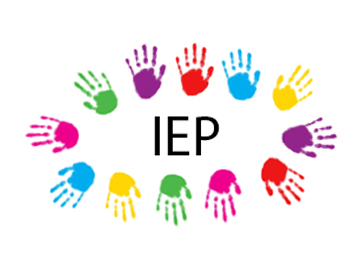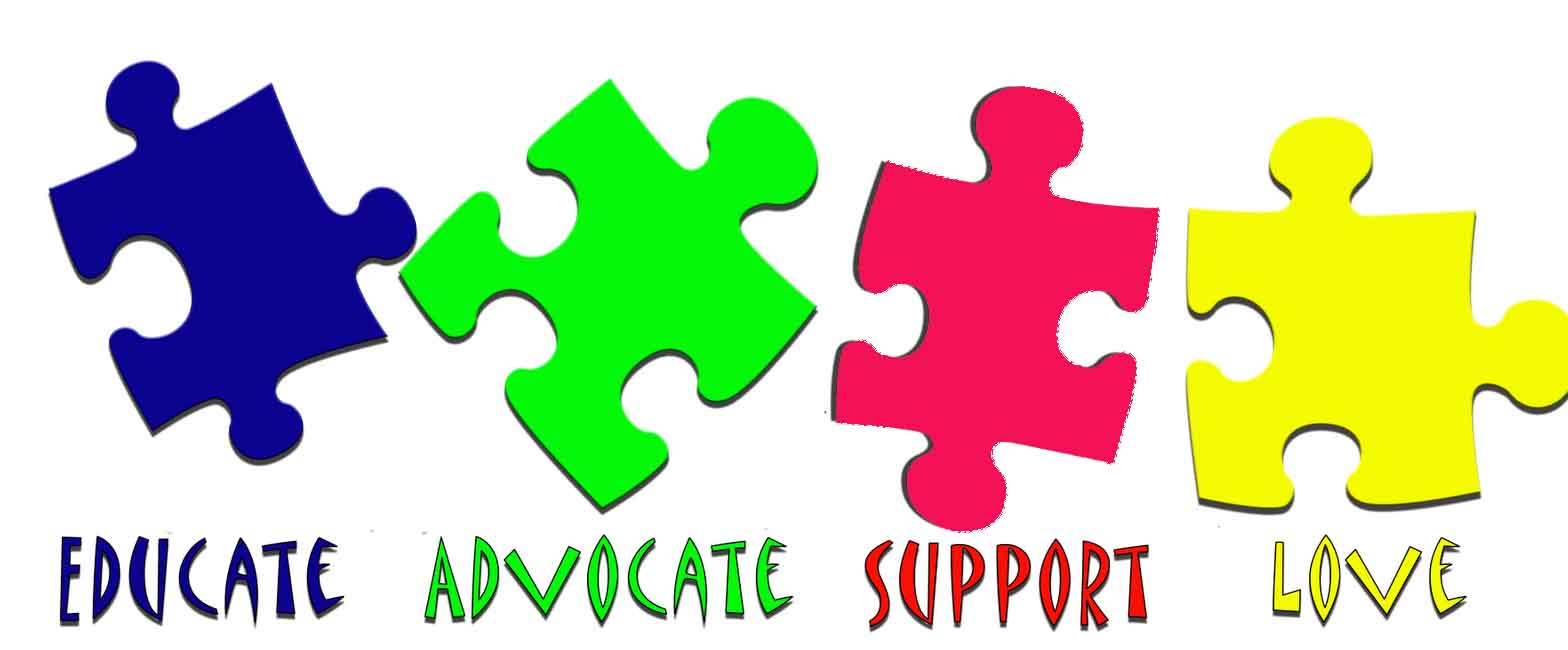
Assessments
We provide expert evaluations to identify and understand learning disabilities, including:
- Dyslexia (reading challenges)
- Dyscalculia (math difficulties)
- Dysgraphia (writing challenges)
- Nonverbal Learning Disability (NVLD)
- Processing Disorders
- Comprehensive Educational Evaluations
- Bilingual Assessments (Spanish, Mandarin, Arabic)


